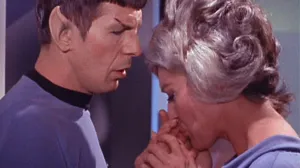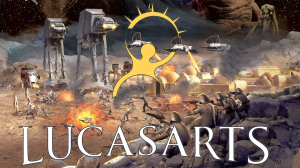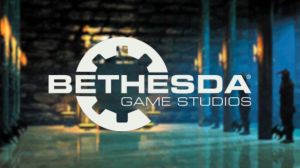Bakugan was a hit when it first came to the scene in 2008. The unique blend of toys and card gaming made it a favorite for young boys. Young fans loved the stylistic approach of making big marbles transform into monsters. It was a perfect mixture of Yu-Gi-Oh, Pokémon, and a little bit of Transformers. Bakugan toys sold well, leading to other companies trying to come up with their own versions of Bakugan to catch up to the fad. Bakugan already took inspiration from Yu-Gi-Oh! and other similar card games, so it makes sense for brands to draw inspiration from Bakugan. Monsuno was created following the wake of Bakugan‘s reign. It was a cool toy idea and premise but hampered by poor timing.
Videos by ComicBook.com
Monsuno was an inventive toy concept that used the best gimmicks from previous brands. It borrowed a bit of everything to make itself stand out and even had an anime tie-in on Nicktoon, a Nickelodeon offshoot, to help sell the toys. It had all the ingredients to become just as big a success, yet has since been lost among a sea of other forgotten toy-branded anime. Luckily, the entirety of the original Monsuno anime can be watched on Tubi TV. Unfortunately, nearly all the toys were quickly discontinued after the brand’s 2010 and 2011 launch. Is Monsuno worth forgetting about, or is there more to this lost franchise?
[RELATED – Man of Action Talks Officer Downe, Mega Man, Deadpool, and More]

What is Monsuno, and How Do You Play It?
Monsuno, like Bakugan, uses miniature toys and cards to play the game. Bakugan uses mini spheres that can transform into monsters, whereas Monsuno uses cylinder-shaped capsules where monster figures pop out. Monsuno is a two-player game with an attacker and a defender. The defender begins by spinning one of their capsules on the floor or a specially crafted board mat. The attacker would then flick their Monsuno capsule at the spinning capsule. When Monsuno capsules clash, monster toys will shoot out from the lid. Each monster has a matching Monsuno card with health points and general information.
If an attacker successfully clashes with a defender’s Monsuno capsule, the defender’s monster loses the number of health points listed underneath the attacker’s monster. If the attacker misses, the attacker and defender will switch roles. Both players will repeat until one of the monsters’ health points reaches zero. There’s a more complex version of the Monsuno game that requires the use of strike cards. When two Monsuno capsules clash, instead of the defender losing health points immediately, both players go into a card match. The attacker gets priority and uses strike cards to damage the opposing monster. Contrastingly, the opponent can use strike cards to avoid damage and counterstrike. The attacker wins in tie matches, and the health points lost are determined by the strike cards’ effects and the Core monster card.
What Went Wrong With Monsuno?
While the basic Monsuno game is easy to understand and fun, the more advanced version is a bit more complicated for younger consumers. Strike cards’ use and effects can be difficult to grasp unless you play the game enough times. Furthermore, the anime adaptation didn’t properly showcase the game’s mechanics. Instead, it was a more generic action anime. Interestingly, the Monsuno anime was an early example of a streaming exclusive series. The show initially premiered on Nicktoons before its third and final season aired exclusively on Hulu. The series can now be found for free on Tubi.
Even though Yu-Gi-Oh! and Bakugan had popular anime adaptations, the Monsuno anime came in too late to capitalize on the card game trend. By 2012, Yu-Gi-Oh! was cemented as the primary anime card game, with other competitors either dying out or becoming something new, like Bakugan. Furthermore, besides Yu-Gi-Oh, card game anime weren’t as popular in the 2010s as they were in the 2000s. Additionally, Monsuno had tough competition in 2011 and 2012 with Skylanders, which rocketed onto the toy scene in the fall of 2011.
Monsuno represents the tragic short-lived potential of toy-based games if they don’t gain traction quickly. Even Bakugan, which was the gold standard of toy-based games, was quietly discontinued in 2024 with the cancellation of its newest waves. Skylanders‘ last major release was in 2018, not lasting much longer than Monsuno in the grand scheme of things. Nonetheless, we shouldn’t mourn Monsuno‘s short life and instead celebrate it as an ode to old-school toy anime from the 2000s. They don’t make toys like they used to, and Monsuno was the last big hurrah for the classic 2000s-era toy and animation synergy.








